The exhibition Off World Colonies, at the artist-run space Indecis in Timișoara, organized by Mimi Ciora and Sergiu Sas, brings together intersecting visions of potential future worlds. Taking as a point of departure the off-world colonies featured in the film Blade Runner – new extraplanetary settlements advertised as an escape from the Earth of the future – the artists in this exhibition consider what these kinds of sites symbolize and could make possible. The works range from speculative imaginings of life in outer space to alternatives found in present day social and ecological structures. Critical views of image-making in correlation to possible futures offer worthwhile dialogues around visual identity and aesthetics.
The power of narratives and mythologies in the construction of present and future realities is present throughout the exhibition, and often storytelling functions as a value proposition. Some artists track such stories by playing with conceptions of time, as in Vasile Leac’s stay-at-home c o l o n y WOK5, an imagined planet of slowed-down time and the resulting re-conceptions of labor. The juxtaposition of natural and industrial materials in Florin Făra’s The Instability of Time evoke the challenge of preservation and the inertia of archival processes.
Speculative stories also play a large role in tackling narrative, as in Flaviu Rogojan’s Mining Venture. A tale of a mass of stabilopods originally built to protect the orbital layer of a star, this infrastructure has languished and become used for other exploitative outer space resource extraction. Black and white transfer prints, alongside Rogojan’s story printed and pinned on the wall, show spaceships flying over the pods layered with archival imagery from the artist’s research, a playful use of visual elements which invite a sense of sci-fi nostalgia. The story’s premise is not altogether unfamiliar when read in the context of our present-day: infrastructure once built for sustenance and preservation is left to dwindle, at which point extractive economic forces exploit the neglected resource. Nearby, Lera Kelemen’s installation Ladder of Debris posits another note on infrastructure, through an exploration of its materials. A TV monitor atop a metal column is surrounded at its base by piles of dirt. The video depicts an arid landscape, suggesting a (potentially inactive) construction site. The relationship between the built environment and the natural debris within and around it considers what infrastructure looks like when taken not as the finished product but as a sum of its parts. Thea Lazar’s tactful and colorful orbs are suspended throughout the space, made of fabric printed with vibrant imagery of plants which can survive in nearly uninhabitable natural conditions. The aridity of Kelemen’s sculpture is complemented by Lazar’s celestial spectrum of colorful plant-planets, a relationship between the barren landscape and the vivid life that can grow from it.
Further exploring the narrative potential of physical materials, but via the realm of the corporeal, is Edith Lázár’s a second-skin blooms first into the unknown. A publication featuring a collection of science fiction short stories is placed at the base of a hanging garment resembling a transparent coat or cape. Actual plant life grows within the seams, living things emerging from and tied to its porous material. This garment suggests not just clothing for dressing a body, but textile as a transcendence of the body itself. As one of the stories in the publication mentions, skin becomes a scientific material for dress, evolving beyond the role of textiles, to be draped across multiple elements (not just a human body). Though translucent, the garment on view can be seen as a form of camouflage, a material for blending biomatter into itself, skin into plant life, and body into space.
As climate crises persist and human-made disasters plague our planet, the drive to form a world devoid of the supreme power of human beings lingers in imaginations of the future. Multi-species societies, where humans exist alongside other living beings and participate in regenerative natural systems, offer up another view of off world colonies presented in the exhibition. Vlad Gheorghe Cadar’s Experiment – 7 is a sculptural composition of bacteria and other organic materials, growing and evolving in situ. Here, the artist has created a microcosm where cells and growth forms live together, some consuming others, amassing a symbiosis of cellular generation. There is no finished product in this microsociety, rather the living cultures incorporated in the work continue to negotiate with each other in perpetuity. Lorena Cocioni’s delicate and sumptuous sculpture Starfish presents a vision of this type of natural mutation, through a metallic starfish that evolves from a future scenario in which human and animal life forms progress together. The fluid nature of the shape, its liquid yet firm metallic form dripping down the side of its base, allude to another aspect of symbiosis. Adrian Ganea’s Streams uses an illustration by Athanasius Kircher, a German 17th century science and humanities thinker, to compose a textured representation of a subterranean world of intertwined natural forms. They are decontextualized from scientific definition, in a demonstration of possible societies where multiple ecological forms are intertwined. Cadar, Cocioni and Ganea prompt questions around how transposing organic life forms into one another may be a necessary component of future ecologies.
Perhaps the most compelling living object in this exhibition is Silvia Moldovan’s Animal Armchair. A large armchair has been tarnished over time by the use of animals who live at Sepale, the artist’s shelter and park for birds and other animals. Its upholstery is torn, springs and wooden structure protrude, bugs crawl through crevices. The traditional setting for this chair, the living room, has been brought outside. This was once a “human object,” now transformed by the animals who use it instead. It has adapted to be of service to multiple species, its materials and form shifting and deconstructing over time based on its use. A stationary camera captures the animals who use the chair, demonstrating the transformative capacity of domestic objects repurposed for collective use. What some may see as a dilapidated chair is presented here as a material symbol of a multispecies future, as evidenced by the artist’s relationship to a multispecies present.
Other artists in the show offer up interrogations of how future is envisioned, and the limitations of the visual process. Tăietzel Ticălos embarks on a depiction of image evolution in progress. A robotic voiceover discusses the relationship between thought and vision, documenting failed attempts to train an AI to reflect on its own image recognition process. Repeatedly asking the machine “what was the thought you saw?”, while distorted images appear interspersed with 3D animation, the video reveals both the complexity of image codification and the creative tension within bionic forms of visual language. reVoltaire’s installation of old televisions programmed for an eventual, potentially never ocurring, space flight, speak directly to such considerations of our mediated visions of the future.
Consequently, Monotremu’s film Untold Stories incorporates footage from the Untold Festival, a massive annual electronic music festival in Cluj, to interrogate how images are manipulated into conjuring invented narratives couched within commercial ventures. Overblown narrations exploit Romanian cliches of Carpathian myth and mysticism and are coupled with superficial interviews of concertgoers espousing collectivity and utopian love. The festival’s commercials for its own problematic philanthropy targeting marginalized communities amplify a distorted view of reality through glossy depictions of rural poverty. None of the imagery we see is necessarily false or unreal. It functions as a perversion of context in service of a singular commercial view of mutual experience, marked by the typical traits of Euro electronic music festivals: expensive, expansive, superficial. Interspersed among the scenes are quotes from Guy Debord’s Society of the Spectacle, written in 1967, which essentially predicts the dire situation presented to the viewer in Untold Stories. It is one where the image replaces reality and surpasses human connections, forming a spectacle of complete detachment and total manipulation. The work provokes a number of rich and complex interpretations based on context, but in relationship to this particular exhibition’s premise, it is worth considering how the artists are presenting a dialogue not with images of the future, but how the image itself is constructed in the future. If, in the present day, images are being molded and manipulated in order to construct an entirely fictional and absurd notion of community, what is the next step? The viewer is challenged to consider how our own passive consumption of images informs what we choose to see, and how we choose to use visual mediums.
The artists in Off World Colonies, it turns out, do not idealize the future. There is no concrete utopian vision of a world to come, or even of a world beyond our own. Rather, this show offers up a dialogue between the present as part of the future. The impact on our future may rely on how we critically view materials and ideas rather than what we actually make of them.
The group show Off World Colonies took place between October 8th and November 14th 2021 at Indecis artist-run-space.
Artists: Aron Madon, Lorena Cocioni, Vlad Gheorghe Cadar, Florin Fâra, Adrian Ganea, Lera Kelemen, Thea Lazăr, Edith Lázár, Vasile Leac, reVoltaire, Silvia Moldovan, Monotremu, Makunouchi Bento, Flaviu Rogojan, Tăietzel Ticălos, Ștefan Tiron
POSTED BY
Anna Harsanyi
Anna Harsanyi is a curator, educator, and arts manager. She is dedicated to presenting art in a non-art context and creating sites that invite participation from audiences outside of the art community...
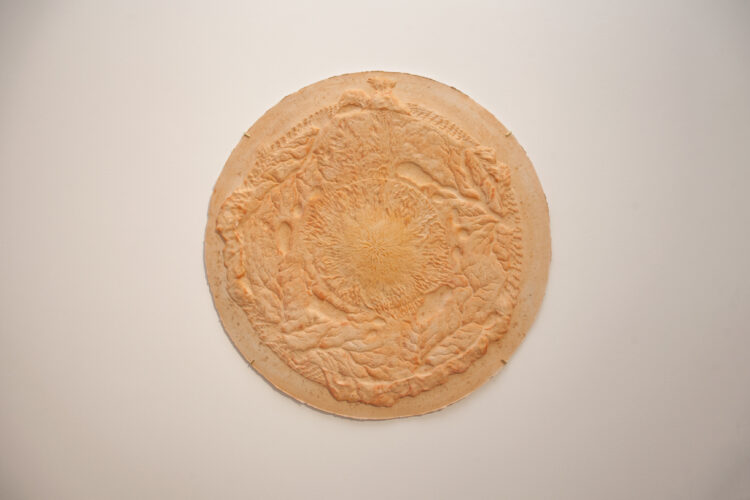

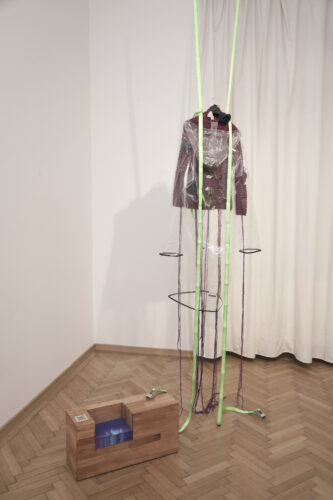
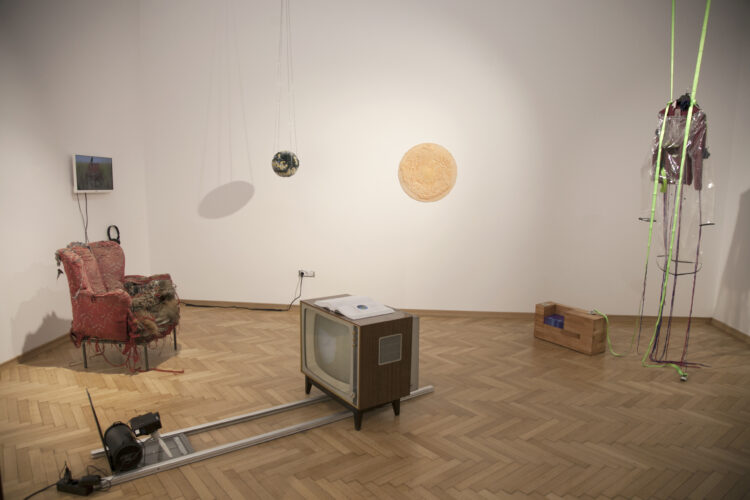
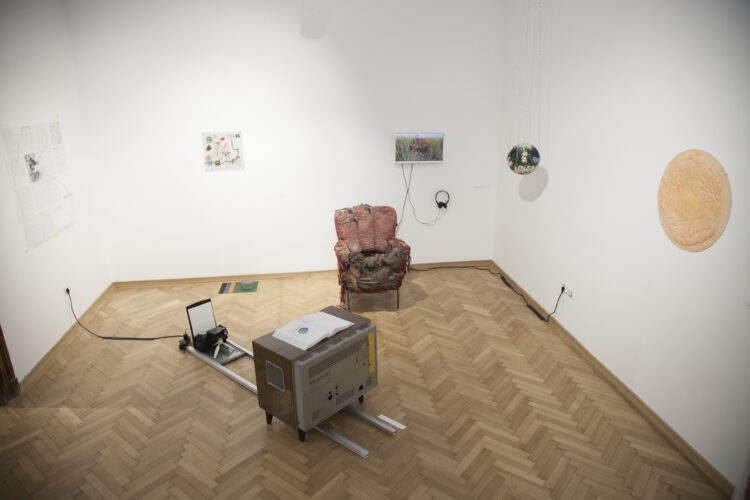
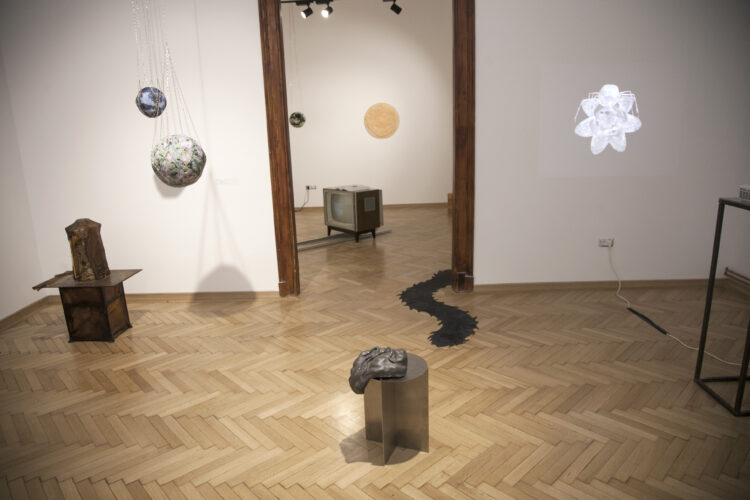
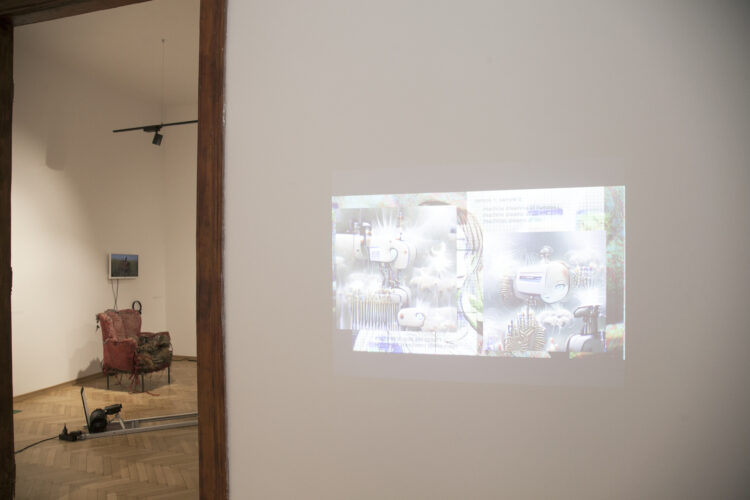
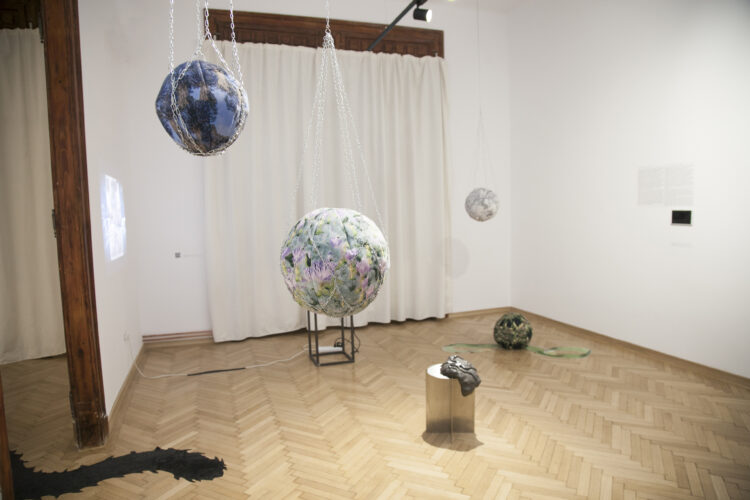
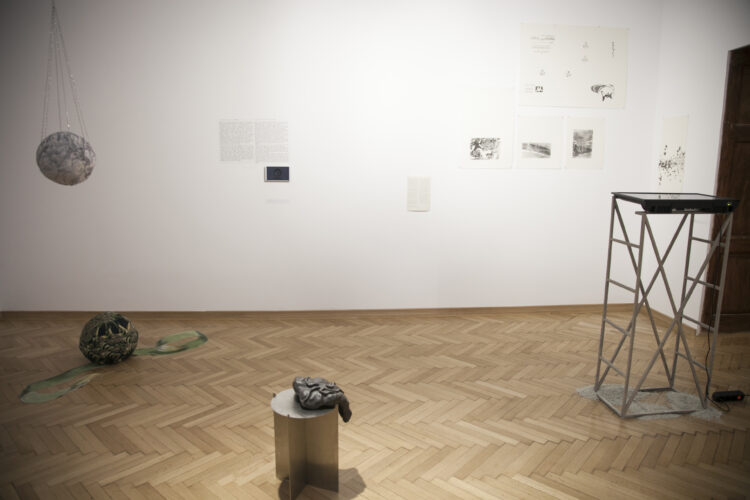
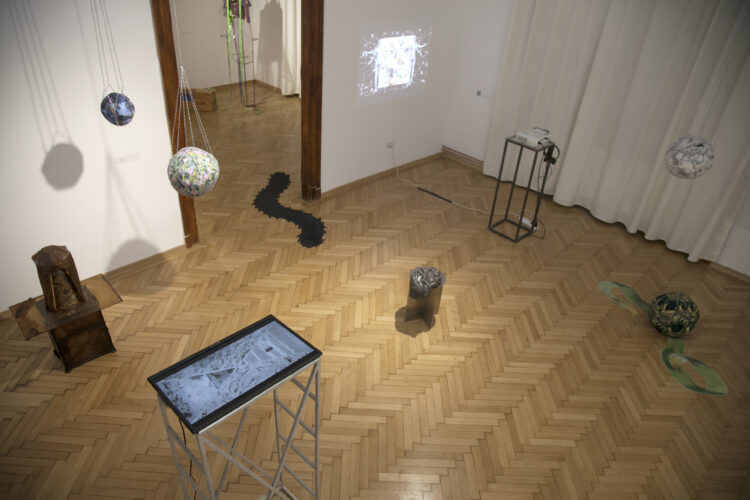
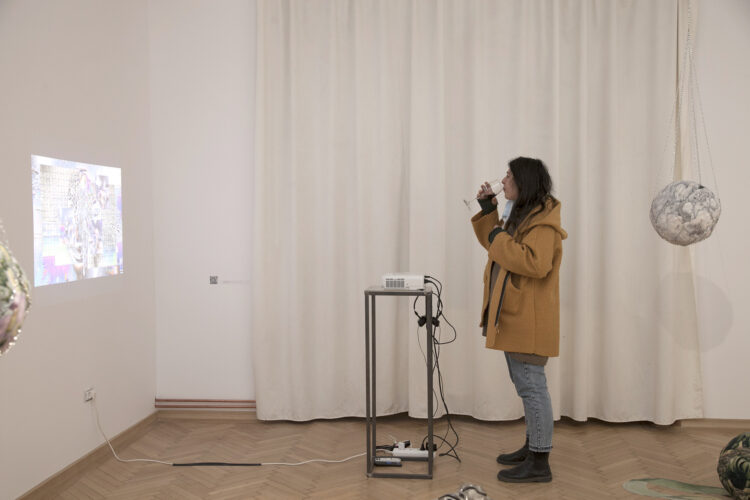

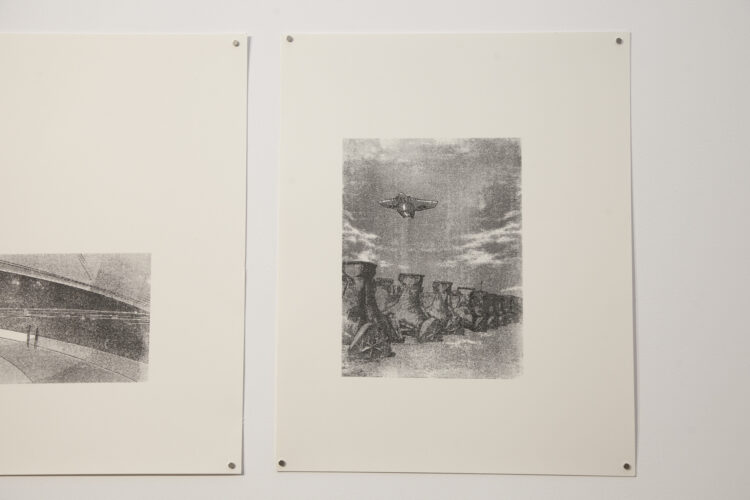
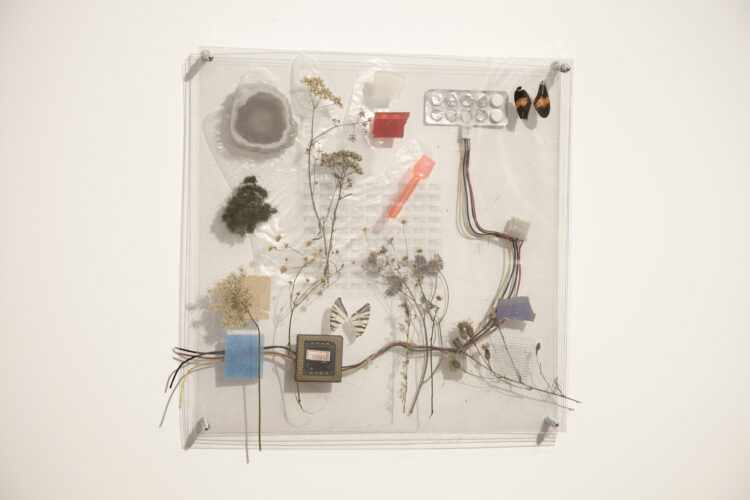
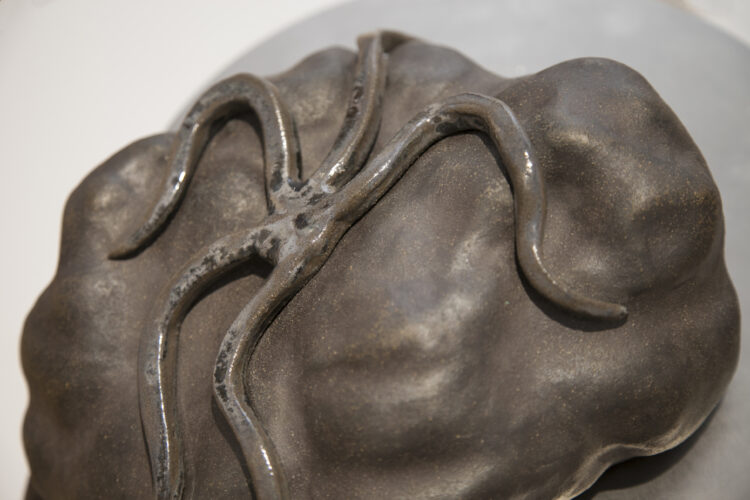
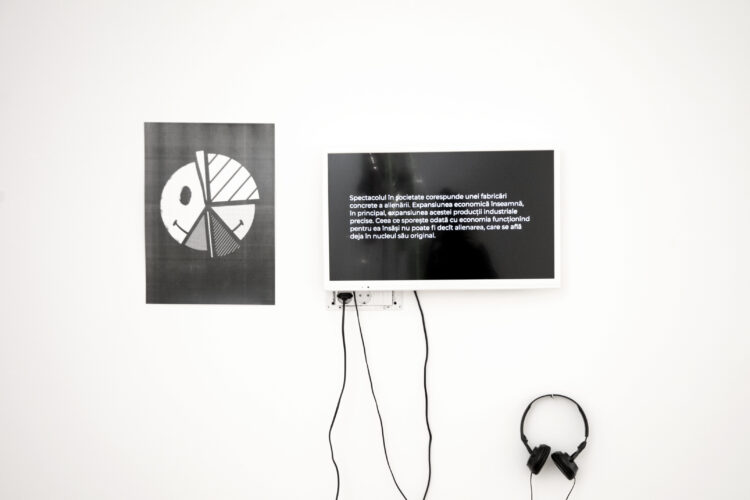
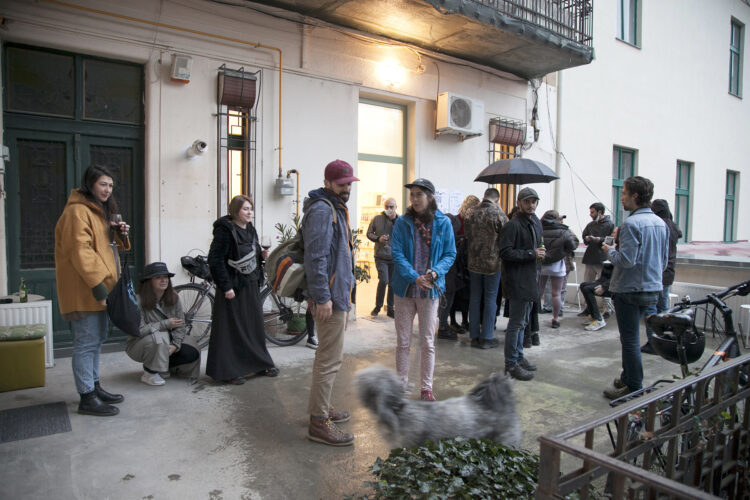
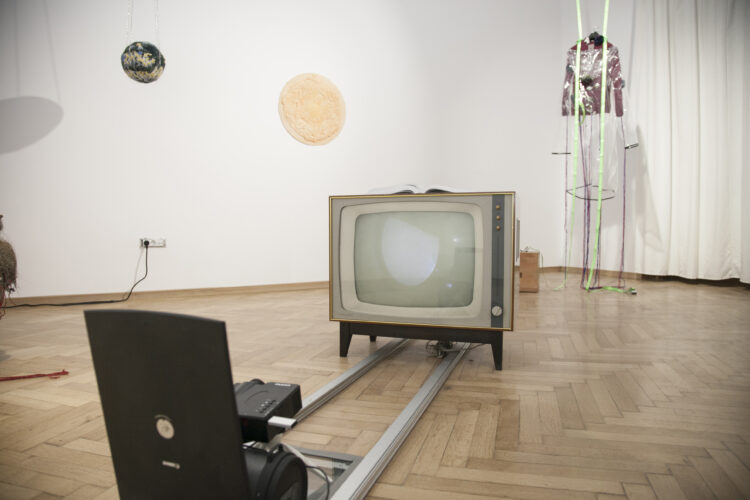
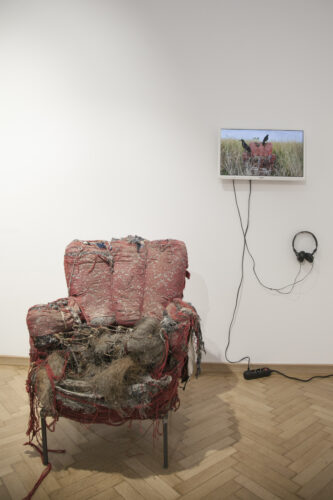
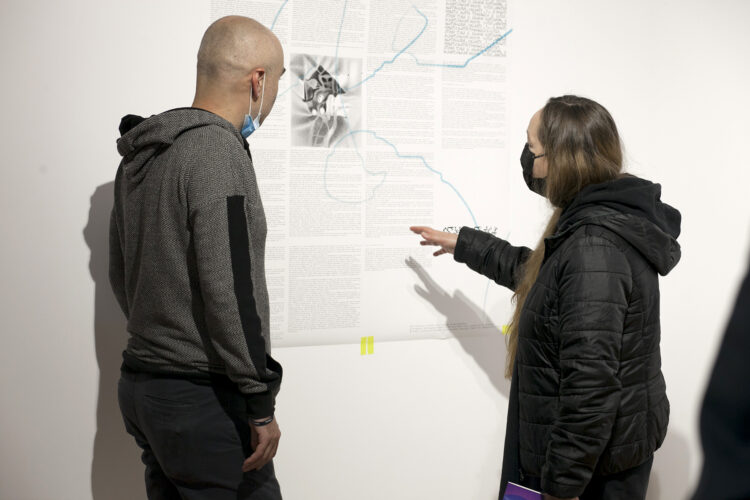
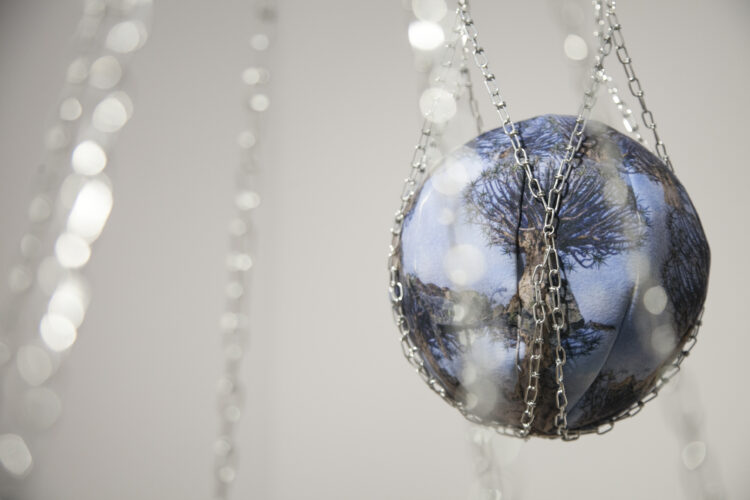
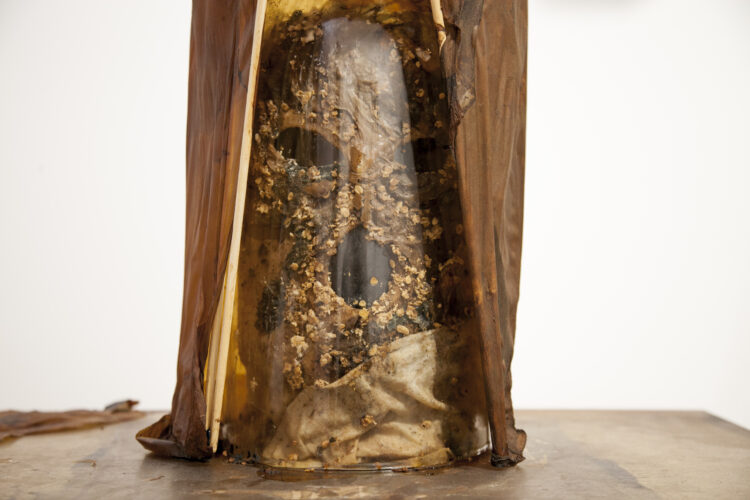

Comments are closed here.